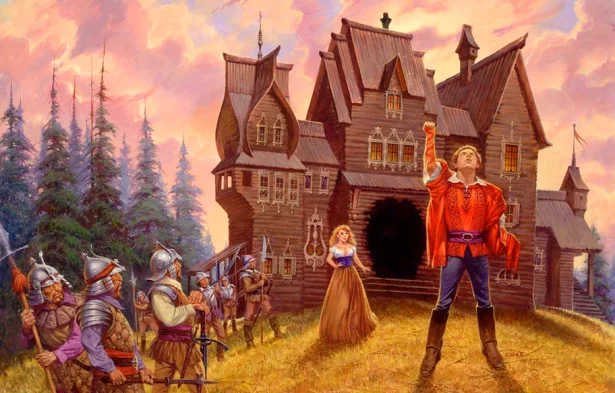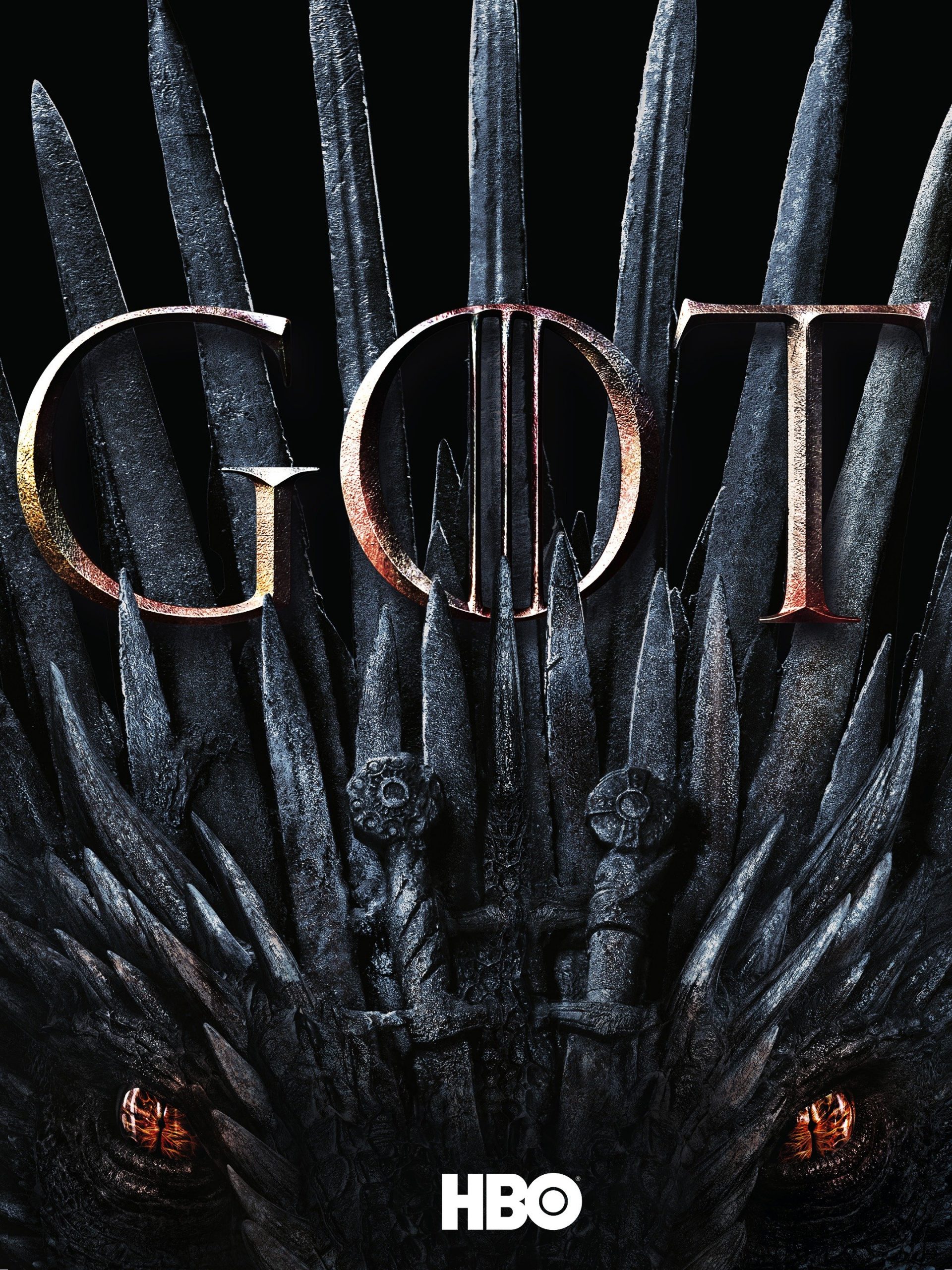While I would be amongst the first to state that Jordan’s writing style is not the best (please note – when I state Jordan’s style is not the best, this primarily refers to his long windedness (I know, that’s not even a word!) and the way that he sometimes tends to repeat the story from another characters perspectives without advancing the storyline in any significant fashion whatsoever. His imagination and ability to conceive of a whole world with its own language, peoples and cultures however is something I can only look at with a sense of awe), it is unique and I greatly feared that Brandon Sanderson would bastardize this in some fashion (the Dune preludes and continuations are a prime example of this) and thereby completely destroy his legacy.
I am glad to say however that I was wrong. Mr Sanderson’s writing style while distinctive from Jordan’s (Brandon tends to provide more insight into a characters thoughts and intentions than Jordan did, leaving less to the imagination … which perhaps after 12 books is a good thing!) does nothing at all to detract from the story and in fact it feels that in this one book, many outstanding storylines are finally put to bed.
The Seanchan are still attacking, the Shaido clan are scattered, the forsaken are spread throughout the realm and the White Tower itself is sundered in twain … the lands of the Wheel of Time are in chaos and our heroes are right in the heart of it all. Rand Al’Thor is in a horrible place and seems to spiralling ever further downwards in his quest to become the Dragon Reborn that the land needs. He has been pushed too far and forced to kill too many women – his heart has turned to blackest night – however as he becomes darker and harder, others in his life strive to return him to normalcy. All of this while the dead voice of Lews Therin continues to speak to him. Similarly the books other key protagonist – Egwene Al’Vere is being tortured by the Amyrlin seat in an effort to get her to recant.
The Gathering Storm primarily follows the individual storylines of Rand and Egwene. As the book goes on, the differences between them becomes starker and more noticeable – Rand’s problems mount, and he begins to fail to keep on top of them treating those around him to a nightmare vision of the world that might be, even if he were to win the last battle, whereas Egwene deals with adversity in a completely different manner, rising above the factions and factitious nature of the sundered Tower. While Matt and Perrin are featured in the story their parts are small and although some of Matt’s sequences are quite humorous they actually do nothing to really advance the story in any way.
Summary & Spoilers
Continuing directly on from the previous book, Egwene is now a captive of the Tower’s Amyrlin – Elaida. Reduced to novice status and restricted from being able to touch the power Egwene suffers repeated beatings and other tortures at the hands of Elaida and her flunkies. Egwene determines that the only way to defeat Elaida is to act like the Aiel and not even notice that it is happening.
Her determination and poise however gradually starts to win over the other sisters in the tower and the other novices themselves grow to think of her truly as the Amyrlin. Egwene forces herself to consider the best for the tower as a whole and her actions throughout reflect this determination.
Now while I have not considered Egwene one of my favourite characters throughout the series, she really grew on me here. Perhaps it was the fact that she was not constantly whining and comparing herself to the boys but was actually a strong character in her own right. Going into the last battle I expect that I will actually care about what happens to the girls as well as the boys now!
However, while I mentioned earlier that some of the outstanding storylines are finally answered – which is good – the way in which some of them are resolved leaves a little bit to be desired. For example the unmasking of Verin Sedai as being a member of the Black Ajah while obviously key to the story (and long suspected) is really, really anticlimactic. Having it all answered in one simple chapter like this really takes away from the years of build up, questions and waiting that we have all experienced.
The gradual decline into misery that Rand goes through is truly heart wrenching and the way that Brandon Sanderson ties into Rand’s long standing hatred of harming women is really agonizing to witness. When he finally realizes that he cannot protect all women as much as he’d like to and that some of the forsaken need to be taken care of regardless of their sex it is although painful a necessary (while this is as a I said necessary it also is something that in my opinion is mishandled to a degree … there is no climactic battle with Graendal and her destruction seams almost lackadaisical for one such as she) step in his growth.
The final scenes of the book depict Rand angry at the futility of life bound to the Wheel. Intending to pull in enough power to truly finish the job that Lews Therin started, he journey’s to Dragonmount and uses the Choedan Kal to draw enough of the power into himself. However this time, Lews Therin, suggests that by being reborn one has the opportunity to do things right and to love again. Agreeing, Rand turns the power of the Choedan Kal against itself, destroying it. Rand is finally able to laugh again. While he is able to get out and to the other side of his personal hell, the lessons he’s learned through it are something I am sure he will carry forward into the future.
Other key events in the book include the raid on the White Tower by the Seanchan, the death of Graendal (is she truly dead? It’s possible she gated away before Rand’s balefire attack although this seems unlikely given the evidence), the ascension of Tuon, the unmasking of Sheriam (and others due to Verin) and the inclusion of Aviendha into the ranks of the Aiel Wise Ones. Rand is able to channel not just the one power but also the True Power and uses it free himself from a domination band and kill Semirhage (Forsaken) and Elza (Black Ajah Aes Sedai). Egwene unmasks almost a hundred Black Ajah sisters in the White Tower and her rebel camp – they are all summarily killed.
Like so many others, I began reading the Wheel of Time series almost 2 decades ago. As mentioned right at the beginning, I started this book with a fair degree of trepidation but from page one, I found myself devouring each and every page of The Gathering Storm, desperate for more. I would be dishonest if I said the transition between authors was seamless, but I did seriously love the book, largely because of some of the differences in style. I like the way the characters seem to have matured. There is added depth to the characterizations that I really enjoyed, especially with Rand, Egwene and Nynaeve. As was mentioned earlier, the women are portrayed a little more realistically, with less hair pulling and sniffing. Every time I turned the page I had a sense of elation as I felt that same intimacy with the story I had felt so long ago on first picking up The Eye of the World.
This book is a genuinely great contribution; if you like any other book in the Wheel of Time series, you’ll like this one. So far as this volume goes, at least, the handover has succeeded. There’s a real spark and fire here; if you’re a fan of the earlier books, and you haven’t gotten completely jaded to the entire Wheel of Time series by now, you will love this one as well.





Thanks – appreciate your taking the time to read through my site. I hope to be posting a review on the next book in mid-late September depending on when it comes out of course! 🙂